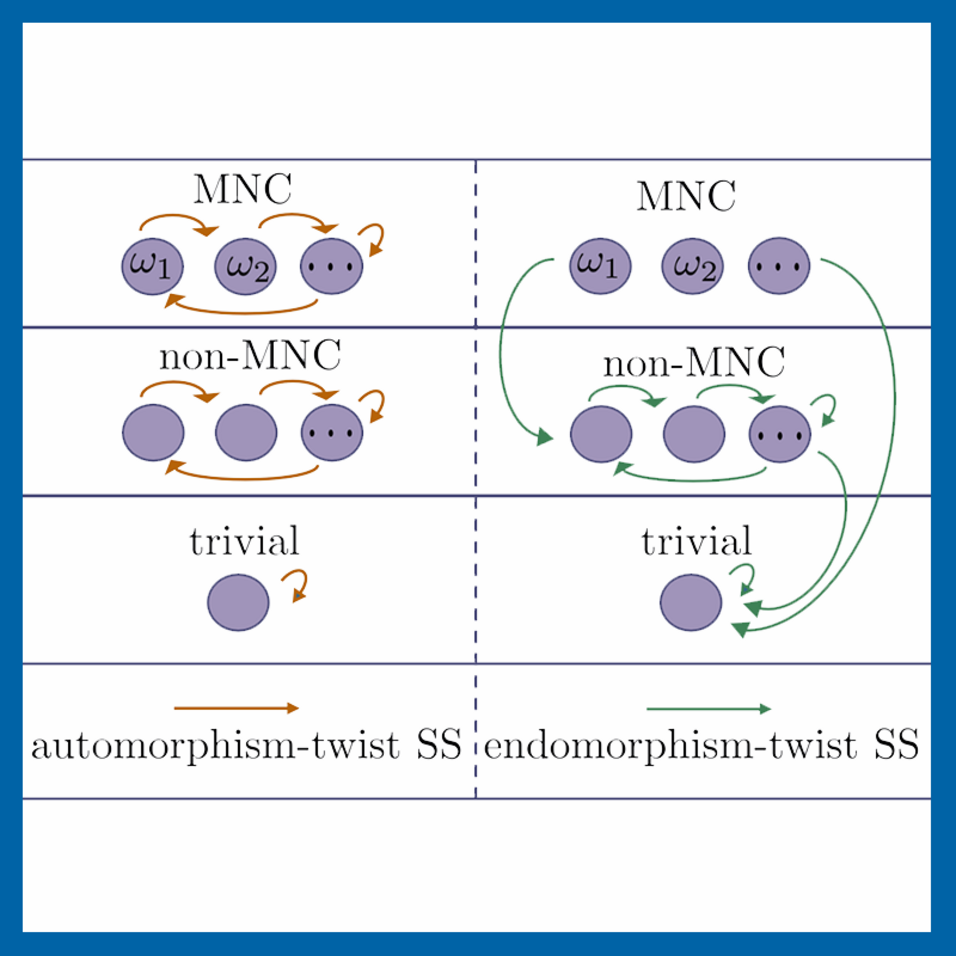This question is studied in a new paper by Caroline de Groot and Alex Turzillo from the Max Planck Institute of Quantum Optics, together with our research group leader Norbert Schuch, which has just been published in the open-access journal "Quantum".
Symmetry protected order is an unconventional ("topological") kind of order which is observed already in one-dimensional quantum systems which are constrained by a symmetry – an insight for which the Nobel Prize in Physics was awarded to Duncan Haldane in 2016. It is rooted in a non-trivial entanglement pattern – the entanglement transforms as a fractional part of the symmetry – which expresses itself in many different features of those systems, most notably a non-zero value of non-local string order parameters.
But how robust is this exotic type of order under dissipation? While it was hitherto assumed that this kind of order is rather fragile under noise, in the present work the authors show that this is by far not always the case, but rather very much depends on the situation. Specifically, they demonstrate that under natural conditions on the noise – namely, the source of the noise is subjected to the very same symmetry constraints – the symmetry protected order, as witnessed by a non-vanishing string order parameter, is conserved up to a finite amount of noise.
This surprising result shows that the robustness of symmetry protected order in one dimension to noise is more subtle than previously anticipated, and depends sensitively both on the conditions imposed on the noise, and the way in which symmetry protected order – a concept originally introduced for noiseless systems – is defined and characterized in noisy systems in the first place.
For more information, including all details of the aforementioned results as well as the study of more general noise models which can non-trivially permute phases, please have a look at the paper at Quantum [Quantum 6, 856 (2022)] (open access) or directly on arXiv.
This work has received support through the ERC grant SEQUAM.

